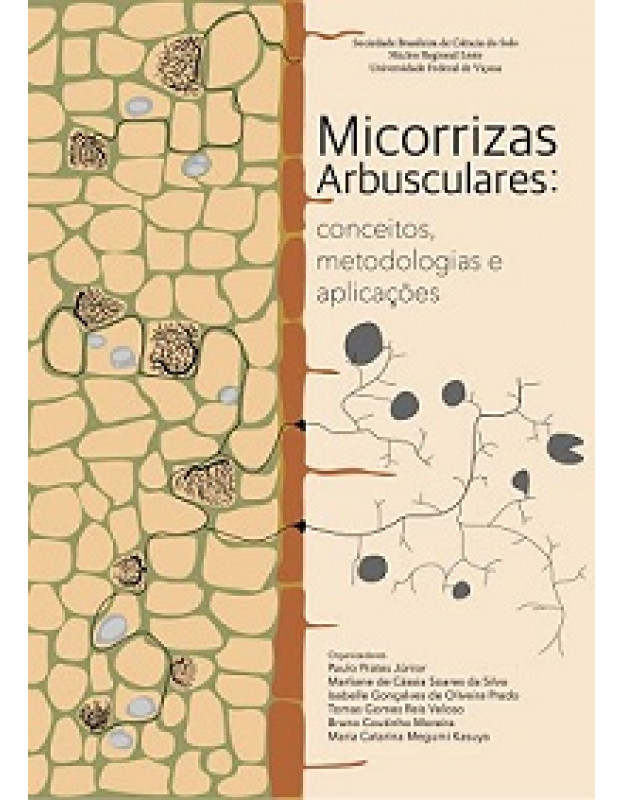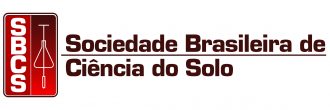
PRESENTATION
The Laboratory of Mycorrhizal Associations (LAMIC-UFV) began in 1979 with professor Margarida Matos de Mendonça, focusing her studies on ectomycorrhizae of pine and eucalyptus. Later, Rosa Maria Castro Muchovej took over and continued her studies with ectomycorrhizae, but also emphasized arbuscular mycorrhizae. The laboratory is currently coordinated by professor Maria Catarina Megumi Kasuya, who has included studies with orchid mycorrhizae since 1995.
LAMIC-UFV has carried out, especially in recent years, more than scientific production. It constitutes a symbiotic nucleus for exchanging knowledge and carrying out teaching and extension activities. Thus, it includes elementary and secondary school students, as well as undergraduates, postgraduates and postdoctoral students from various courses, inside and outside UFV. In addition, it has carried out extension activities and diverse partnerships with the non-academic community, including companies, foundations, rural producers, nurserymen, agricultural, forestry and environmental restoration technicians.
This book was carefully prepared to fill a gap related to the lack of teaching materials on arbuscular mycorrhizae, for which LAMIC-UFV has accumulated experience over 40 years. Currently, LAMIC members have taught two to three mycorrhiza courses per year, in addition to lectures and workshops. We welcome students from the Department of Microbiology and other departments at UFV, including other Campuses, as well as students from other institutions, such as IFES, UFES, IFRO, IFMG, the University of Laval (Quebec – Canada), the Universidad Nacional de Córdoba (Argentina), the University of La Plata (Argentina), the Universidad Nacional del Centro del Perú (Peru), the Nihon Univerity (Japan), the National Museum of Natural History (France), the University of Hokkaido (Japan ), from the University of Lisbon (Portugal), among others.
This book aims to present the biology, techniques and information about arbuscular mycorrhizal fungi (AMF), which LAMIC has been using, often adapting and/or improving, in order to contribute to expanding understanding not only about the ecology and distribution of AMF, but also on activities related to the prospecting and use of these microorganisms. Thus, AMF will be presented as biotechnological tools capable of increasing the productivity and sustainability of production systems, whether they are more intensive or socioculturally more traditional. In this way, this book represents a landmark for mycorrhizologists at the beginning of their training. This book is for you, reader, who seeks advances in studies and research practices carried out on the mutualistic association of plant roots with arbuscular mycorrhizal fungi.
Paulo Prates Junior
Maria Catariana Megumi Kasuya
Specifications:
| Title | Micorrizas Arbusculares: conceitos, metodologias e aplicações |
| Publishing company | Sociedade Brasileira de Ciência do Solo |
| Pages | 122 |
| Year | 2021 |
| Language | Português |




